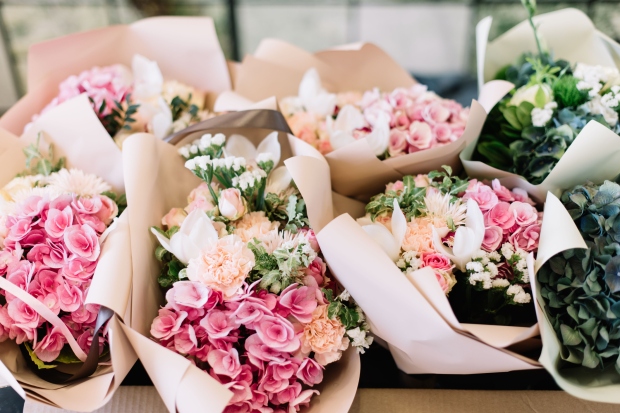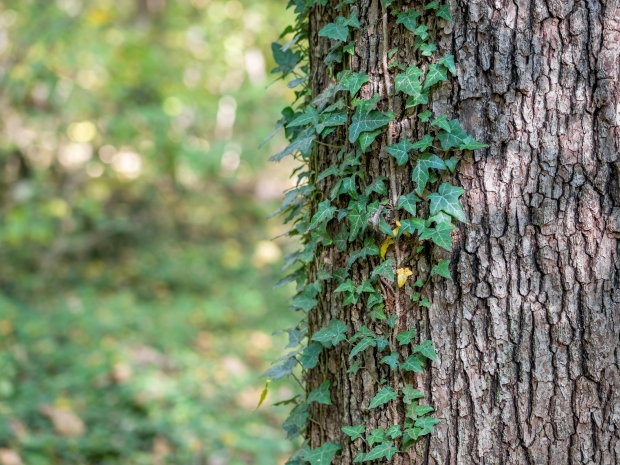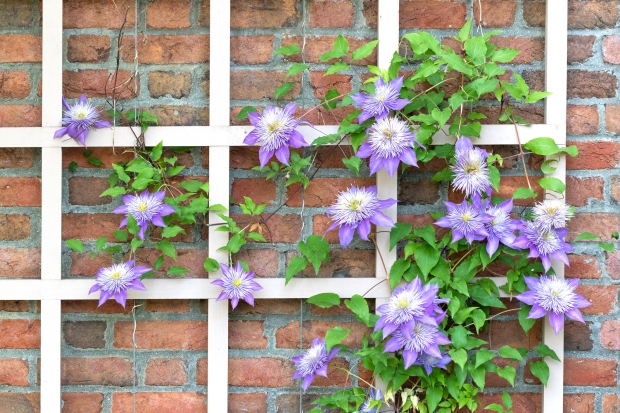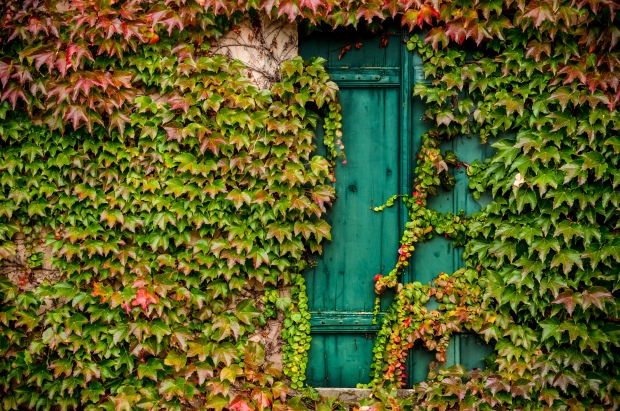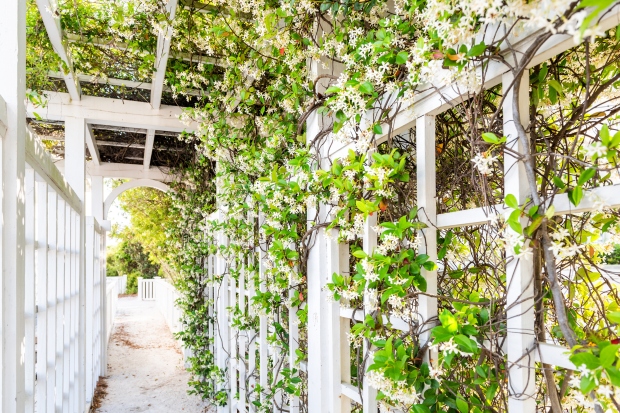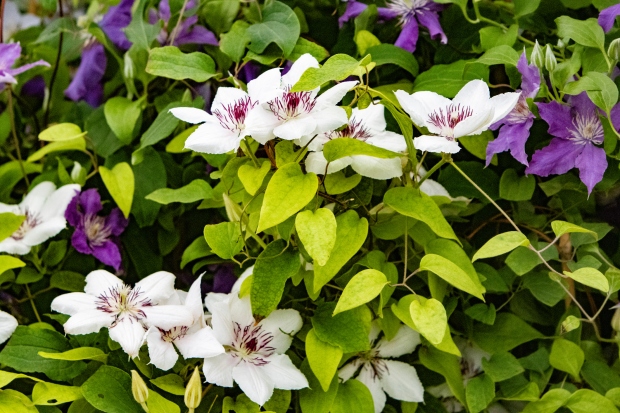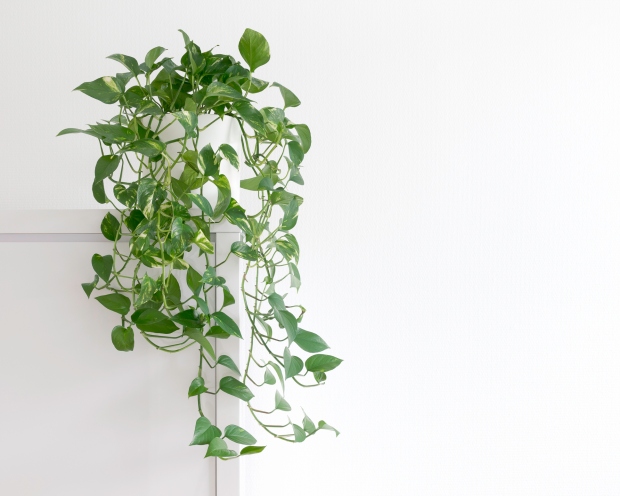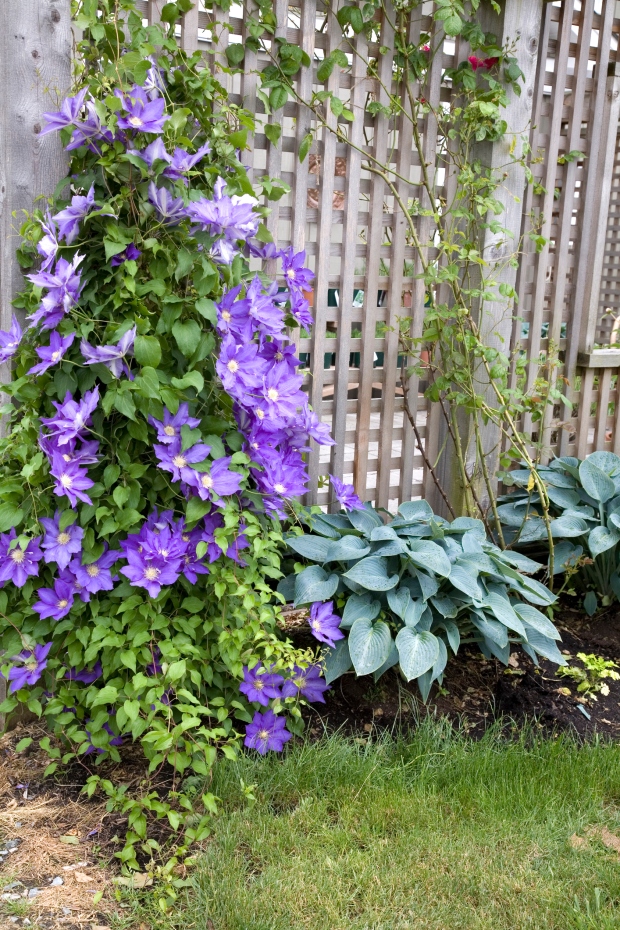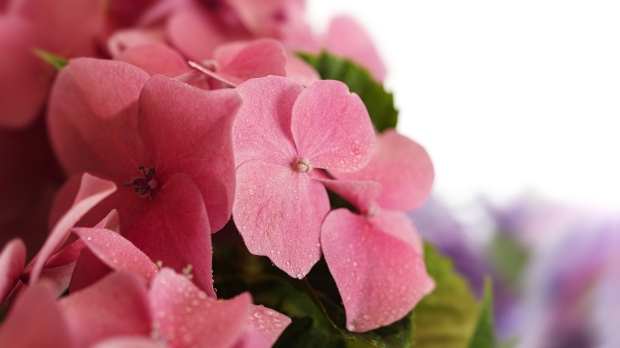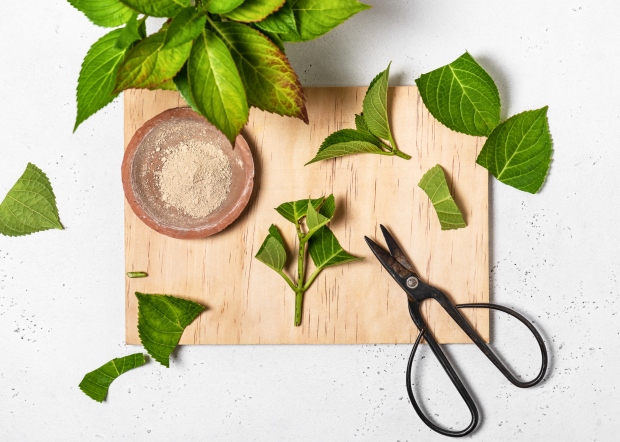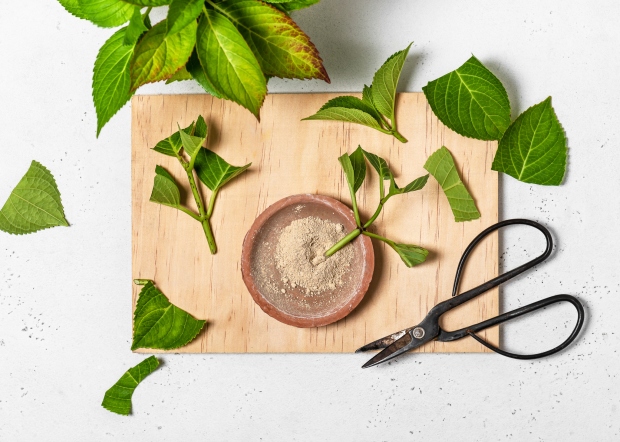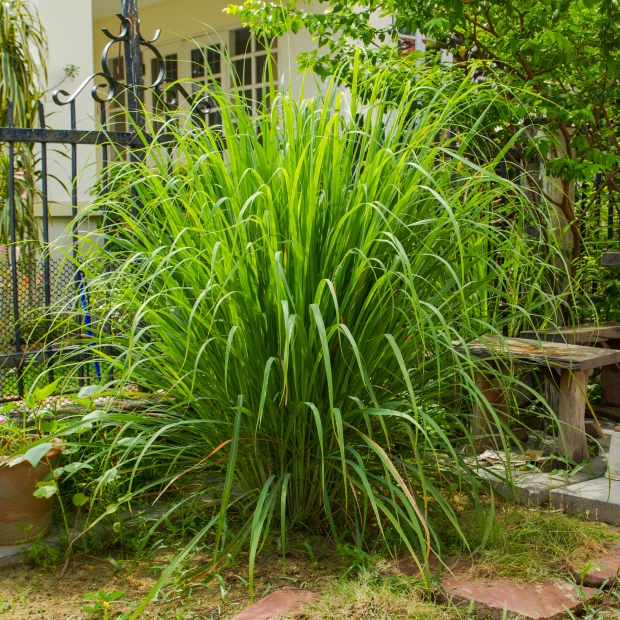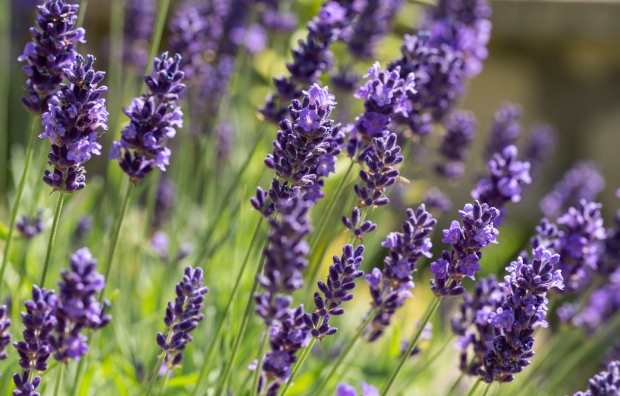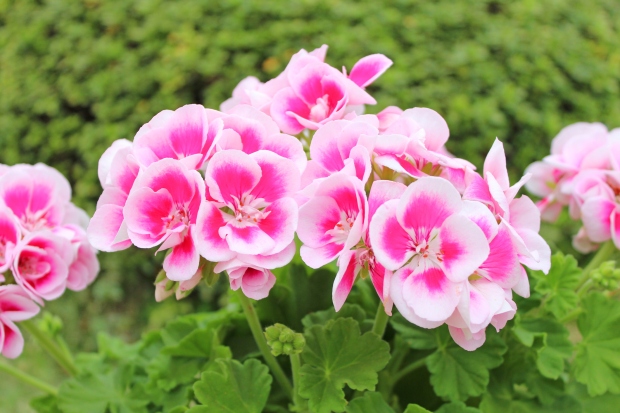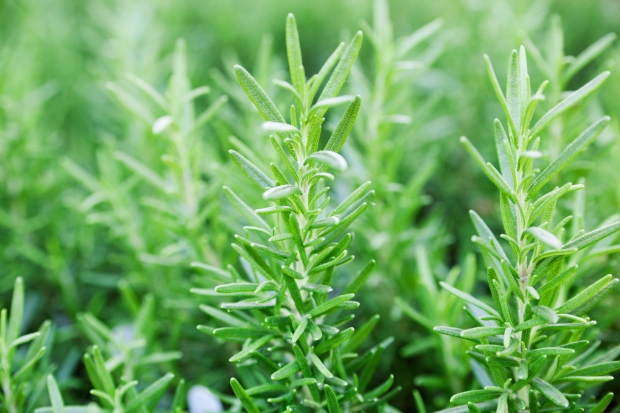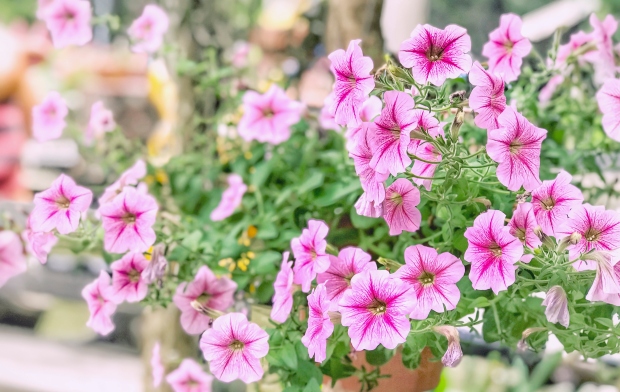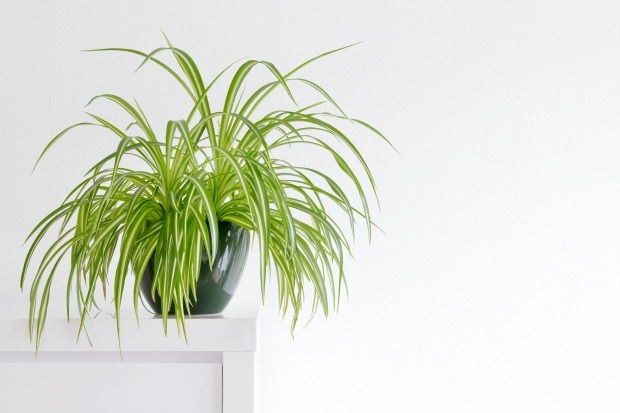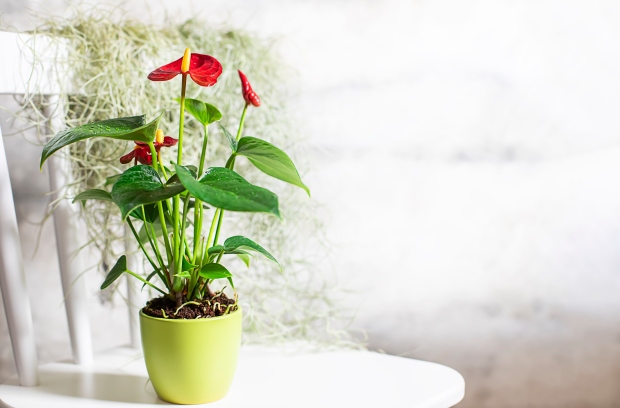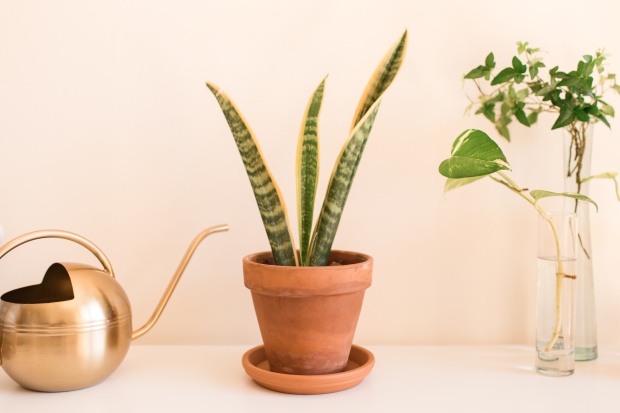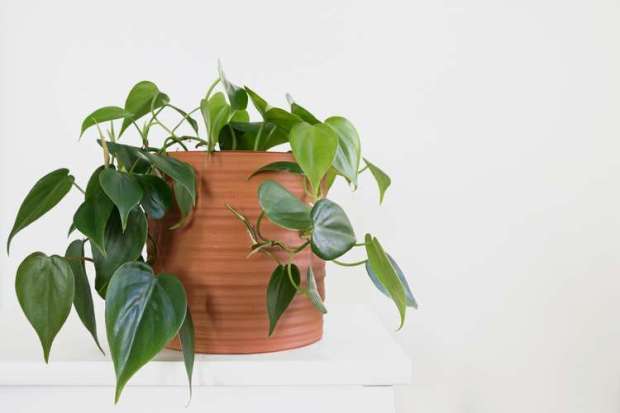What Are Cut Flowers?
Picture your home decorated with glass vases that are bursting with fresh-picked flowers. It’s a compelling image, right? Unfortunately, buying a constant supply of fresh flowers gets expensive — fast.
The good news is that it’s easier to grow cut flowers at home than most people realize. With a little effort upfront, you can enjoy a long growing season of fresh flowers from your own yard, and maybe even raise enough to sell.
Getting started is simpler than you think, and this book will guide you through the process.

A Beginner's Guide to Cut Flowers
First, let’s define cut flowers. As the phrase implies, these are plants grown for their attractiveness once harvested. They might look pretty while growing, but their beauty really shines through when they are cut at the stem and artfully arranged with other blooms and foliage in bouquets.
Cut flowers can be grown in open fields or in protected spaces like a greenhouse or a high tunnel. Most varieties are sold fresh, but others are dried first for longevity. Market growers may sell the flowers by the stem, in bunches, or as mixed bouquets with various flower types.
While it takes some specialized knowledge to succeed with cut flowers, they make for an excellent small-scale farm idea or a way to add diversity to an existing farm.
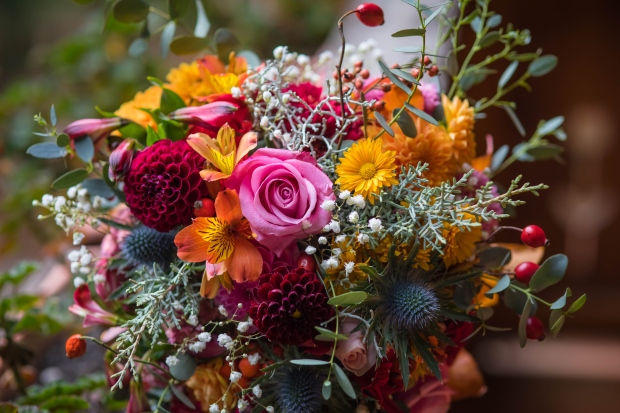
Characteristics of Good Cut Flowers
Not all flowering plants have the potential for use as cut flowers. Some, like hydrangeas and magnolias, wilt fast and fall apart, making for messy, short-lived bouquets. Others, like lilies, can smell so cloyingly sweet that they can make people feel sick in confined spaces.
Here are some of the traits of the best cut flower varieties:
- stiff, strong stems
- long blooming periods
- flowers that hold their form well after harvesting
- can be planted densely
- lots of blooms per plant
- ability to bloom multiple times per season
- pleasant fragrance
- extended life when placed in a vase
- ability to be sold fresh or dried
- resistant to pests, disease, heat, and drought conditions
